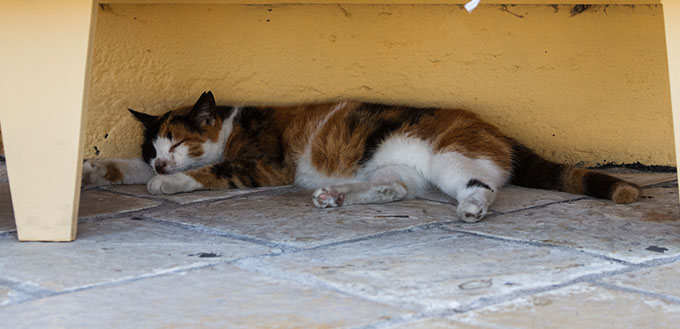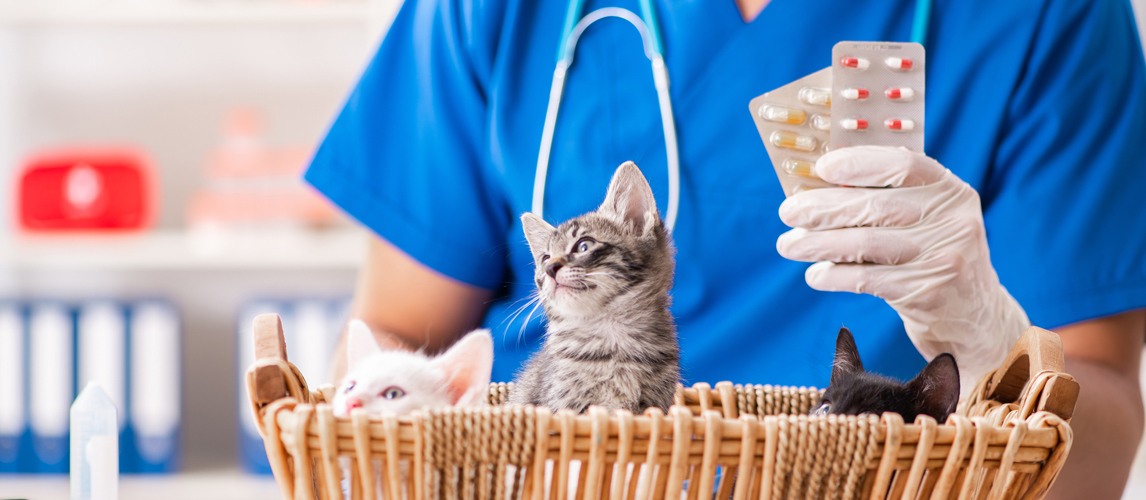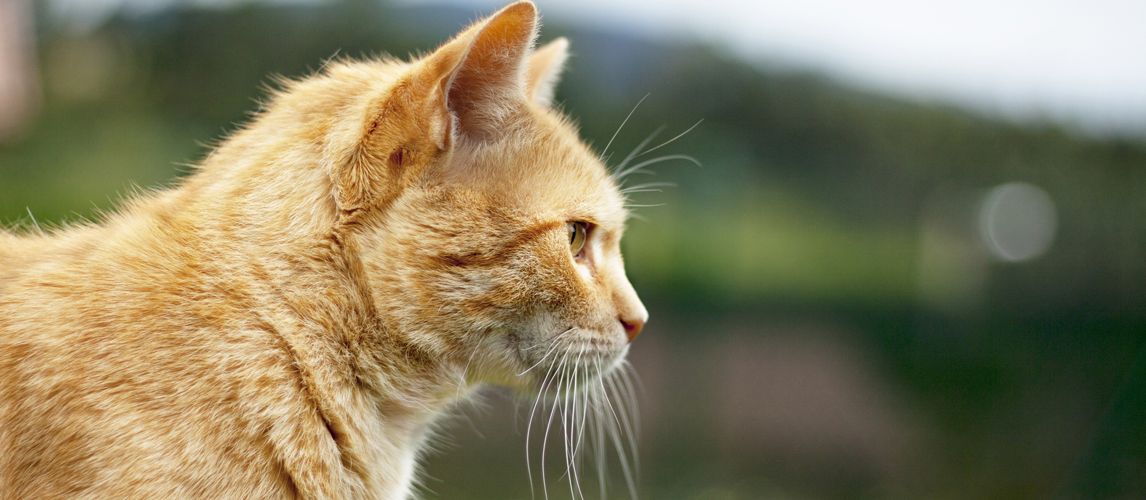If you are an owner of pedigree cats, you may be considering breeding from them. This is a big decision and a big commitment and there is a lot to consider. One of the things you need to understand is how the feline fertility cycle works. You need to know how often your cat will be on heat and how long this will last.
On the other hand, you may have recently adopted a female cat that has not been spayed or neutered. This is the procedure of removing the ovaries (where an egg is produced) and possibly the uterus (womb) as well so that they are not able to have kittens. If your feline friend has already reached sexual maturity, you will want to take precautions prior to neutering so that you do not end up with an unplanned litter of kittens!
Here is all the essential information you need on how, when and why your pus will be on heat and how long it will last for.

When Are Cats Old Enough to Have Kittens?
A female cat that has not been neutered is called a ‘queen’ and the age at which your queen will be able to have her first litter of kittens is very variable.
They may first become fertile as early as five months of age. As a general rule, the short-haired Asian breeds and the Siamese breed are able to have kittens at a young age. Whereas, longer-haired breeds such as the Persians and Himalayans may be over a year old before they are mature enough to reproduce.
Do Cats Have a Reproductive Cycle?
Once a queen reaches sexual maturity, she will start a reproductive cycle. It differs from the human menstrual cycle and has four distinct phases. It is also very variable so it can be hard to determine when a female cat is ready to conceive. The four phases are:
- Stage 1: Proesterus
The first stage of the feline reproductive cycle is called proestrus and marks a period when their body is getting ready for conception. During this stage, male cats will be interested in her but she will not want anything to do with them!
Her body and, in particular her genital organs, will be going through changes and getting ready to mate so you may notice some changes in their physical appearance. Your cat may also appear more restless and may want to eat more food than normal.
- Stage 2: Oestrus
The second stage is when a queen would be termed ‘on heat’ and this is when sexual reproduction takes place. If you are a breeder, this is when you would want to introduce your queen to a male. If you are trying to avoid pregnancy, this is when you need to keep her indoors!
You will notice very obvious changes in your pet’s behavior at this time. This can include:
-
- Extreme displays of affection. Cats are notorious for being rather aloof but a cat in heat is quite the opposite. She will follow you around and demand attention. She will weave in and out of your legs and constantly rub against you. At the same time, she may grab your hand and bite it if you stop to stroke her!
- Striking an alluring pose. Stroking the back of a female cat in heat causes her to raise her hips and stick her bottom in the air. At the same time, she will swing her tail to the side.
- A distinctive call. Humans don’t enjoy the sound of a female cat in heat. The distinctive meow can sound as if they are in pain. Whilst it may bring every tom in the vicinity running to your door, it is likely to get on your nerves after a day or so!
- Stage 3: Inoestrus
The third stage of the cycle is called inoestrus and it goes on for a week or so. The queen will not mate during this phase and will become aggressive towards any male that tries.
If she is not pregnant, she may enter a new phase called interoestrus and then start a new cycle.
- Stage 4: Anoestrus
This is a rest period before the whole cycle starts all over again.
How Long Is a Queen in Heat For?
The length of each of the phases is variable. However, in general, the first stage of being in heat (Proesterus) lasts for around one or two days. The second stage (oestrus) is when most people would describe a queen as being ‘in heat’ as this is when she can become pregnant. It lasts for anything between four and 10 days.
If the queen does not become pregnant during her time in heat, then she may continue to be interoestrus for a further one or even two weeks. This effectively extends her period of being in heat and gives her an added chance of conceiving.
Therefore, it is entirely possible for your queen to be in heat for three or more weeks!
How Frequently Does a Queen Have Reproductive Cycles?
The term used to describe the reproductive cycle of the cat is ‘seasonally polyestrous’. In simple terms, this means that they have several cycles a year. They can become pregnant during any of them. Sometimes the term ‘in season’ is used instead of ‘in heat’ to describe when a female is fertile and will be willing to mate.
The mechanisms that govern when your cat will begin a cycle are complex. The timing of the cycle is influenced by the hours of daylight, the environmental temperatures and the presence of other cats in their environment.
From a cat’s point of view, the optimum conditions for reproduction are when there are at least 12 hours of daylight and it is warmer. Most cats in the USA, Europe and the UK will breed between March and September and this is why you hear the howling on a summer’s night!
Sources:
- Tsutsui T, Biology Of Ovarian Cycles, Pregnancy And Pseudopregnancy In The Domestic Cat, Europe PMC
- Autumn P. Davidson, DVM, Pregnancy Diagnosis With Ultrasound In The Domestic Cat, Wiley Online Library
- Cat Pregnancy, International Cat Care









Thank you! Your information is very helpful….